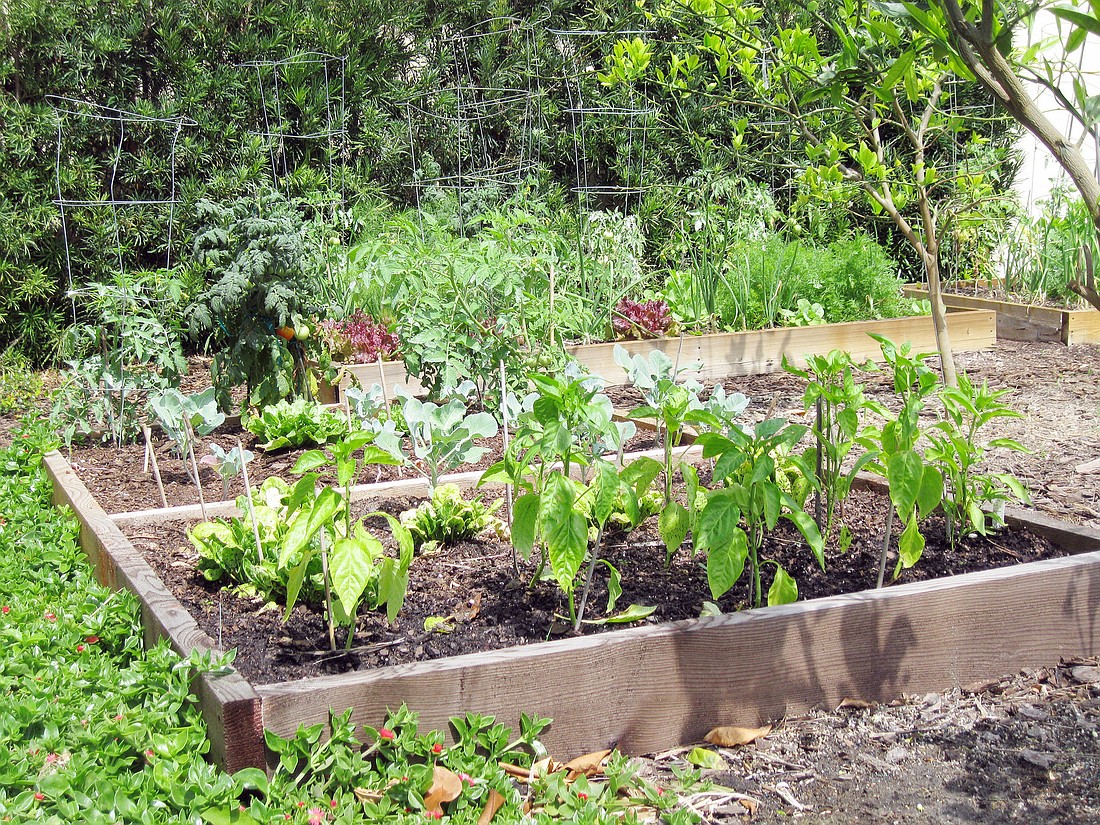- November 23, 2024
-
-
Loading

Loading

Spring is here in full force with the colorful blooms of trees, shrubs and herbaceous plants around Palm Coast. Technically it’s the start of our dry season, and if there is no rain, water twice a week or more often if needed to help your plants become established.
With the early blooming of spring flowering plants like azaleas, camellias and Indian hawthorn this year, this month you can prune them when they have finished flowering. Fertilize azaleas and camellias with an acid fertilizer. Check your azaleas for lace bugs. These sucking insects cause spotted discoloration or bleaching on the upper surfaces of leaves. Turn over the leaves; if lace bugs are present, you will notice black tarry spots or a rusty appearance. If so, treatment is easy: Apply an insecticidal soap or horticultural oil to both sides of the leaves.
Nurseries and garden centers are filled with beautiful stock waiting for the gardener to purchase to enhance their landscape. Bedding plants to be planted are celosia, coleus, dusty miller, gaillardia, gazania, impatiens, marigold, pentas, rudbeckia, salvia and zinnia. Plant bulbs like caladium, canna and blood lily.
If you want to grow tomatoes, now is the time to plant them because most set fruit only when temperatures are 55 to 85 degrees. Purchase large plants and grow them in full sun, keep the soil moist and fertilize monthly with a liquid fertilizer or use a slow-release fertilizer that feeds plants for months. The vegetables to plant in the garden before the summer heat begins are cantaloupe, cucumber, eggplant, okra, tomatoes, peppers, pumpkin and squash. Heat-loving herbs such as basil, oregano, sage, Mexican tarragon, and rosemary can be added to your garden. Even when these plants bloom, they are attractive.
Before temperatures rise, it’s a good time to transplant shrubs and divide bulbs, perennials, ornamental grasses, etc. Share them with friends! Just be sure to provide enough water to help them become acclimated to their new location.
If you have some cool-season annuals like petunias, snapdragons and geraniums, you can extend their life by pruning dead flowers and lanky stems. If the plants still look good, feed them and keep the soil moist. As they fade they can be replaced with warm-season plants like ageratum, begonias, kalanchoe, nicotiana, periwinkle, salvia and purslane.
Oleanders should be checked for the pesky oleander caterpillar, which can cause defoliation quickly.
You may have seen the adult stage flying around as it is quite attractive. It’s called the polka-dot wasp moth because it resembles a moth. Its body and wings are iridescent blue/green. Small white dots are found on the body. They lay their eggs on the undersides of oleander leaves.
If you don’t want to pick off the caterpillars by hand, you can use Bt (Bacillus thurginensis) in either powder or liquid form.